The Rich History of Mesoamerican Art
Mesoamerican art is a reflection of the vibrant cultures and rich history of ancient civilizations in Central America and southern Mexico. From the majestic pyramids of the Maya to the intricate sculptures of the Aztec, the art forms of Mesoamerican societies have captivated historians and art enthusiasts alike.
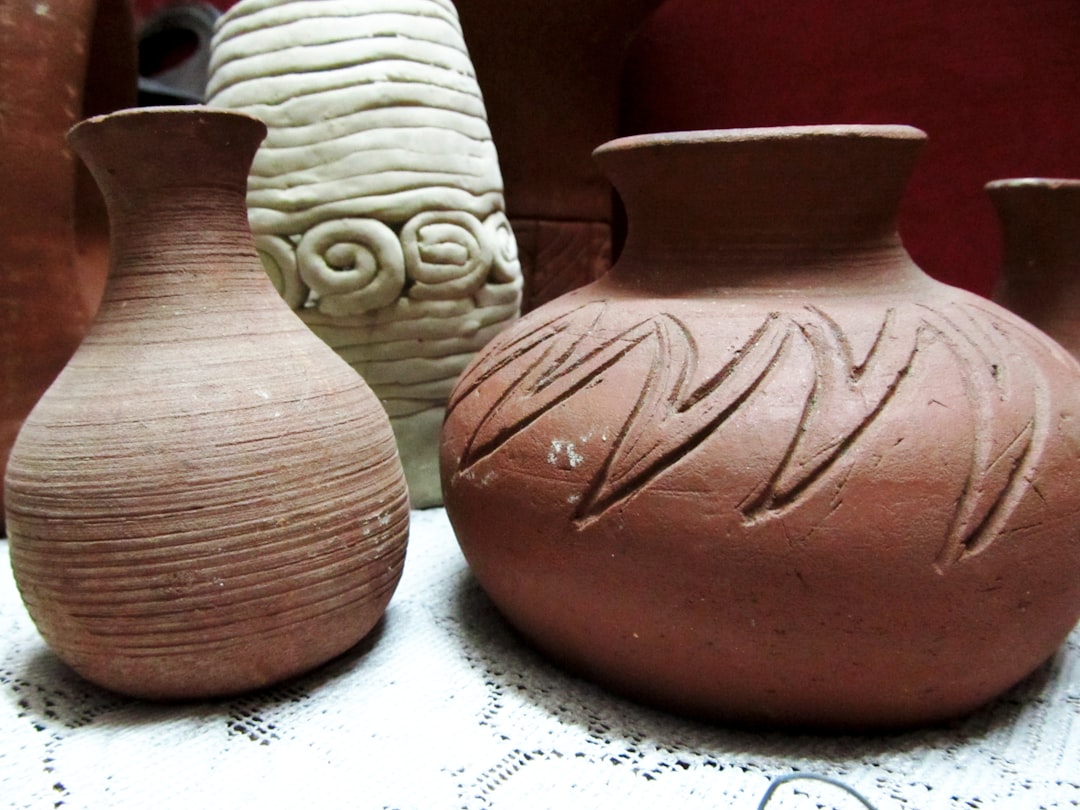
An Overview of Mesoamerican Art
The art of Mesoamerica spans over three millennia, showcasing diverse techniques and styles. Predominant themes include religion, mythology, and nature, depicted through various mediums such as stone, ceramics, and textiles. Notable for its detailed sculptures and architectural wonders, this art form offers profound insights into the beliefs and daily lives of its creators.
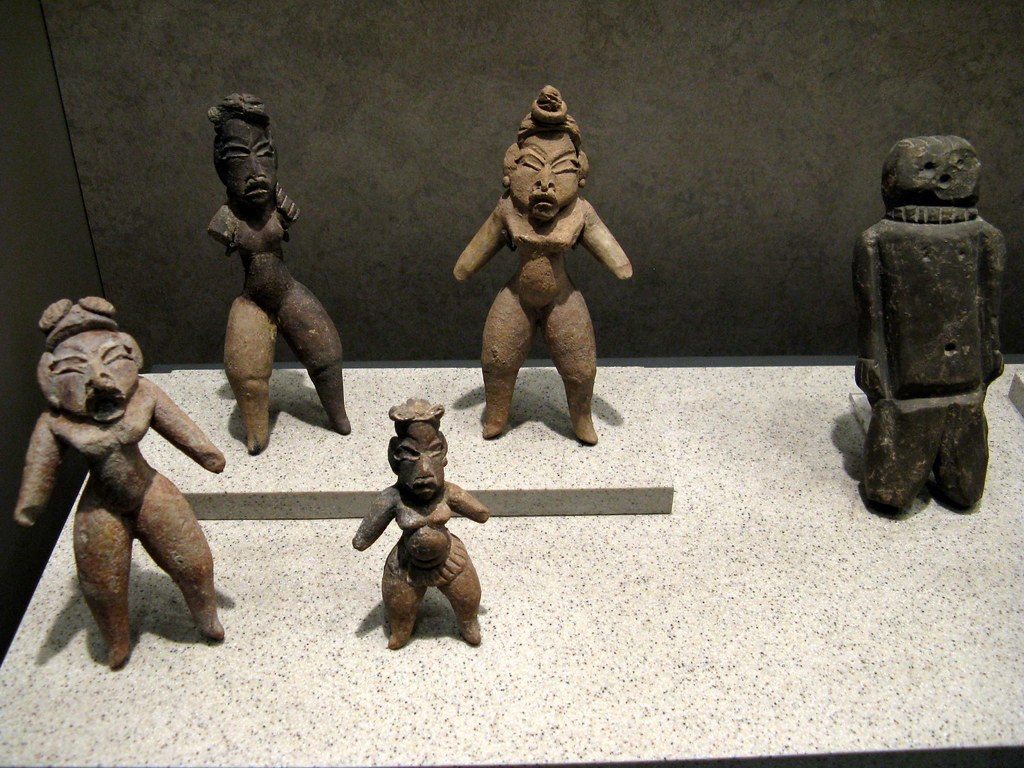
Iconic Artifacts
Some of the most iconic artifacts include the colossal stone heads of the Olmec civilization and the vibrant frescoes found in ancient sites like Bonampak. Each piece is uniquely representative of the culture and era it originates from, narrating stories of power, spirituality, and identity. To learn more about the varied collections of artifacts, you can explore this detailed collection of Mesoamerican art.
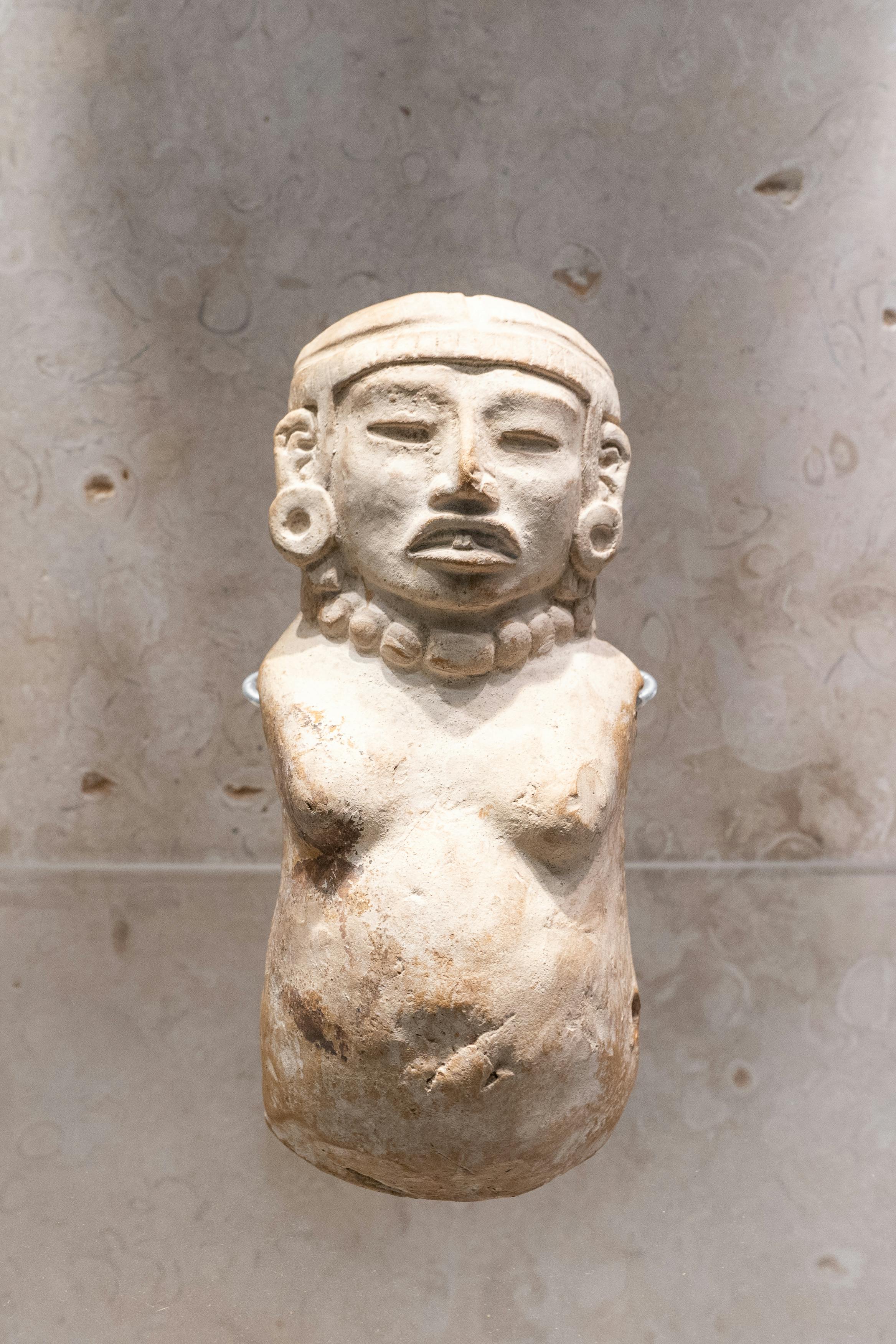
Collecting and Preserving Mesoamerican Art
The allure of Mesoamerican art has led to widespread interest in collecting these antiquities. However, ethical considerations and challenges regarding the provenance and acquisition of such items are crucial. The advent of globalization saw a significant increase in Western interest in these artifacts, especially before 1940. For further reading on the history and nuances of collecting Mesoamerican art, this publication is highly informative.
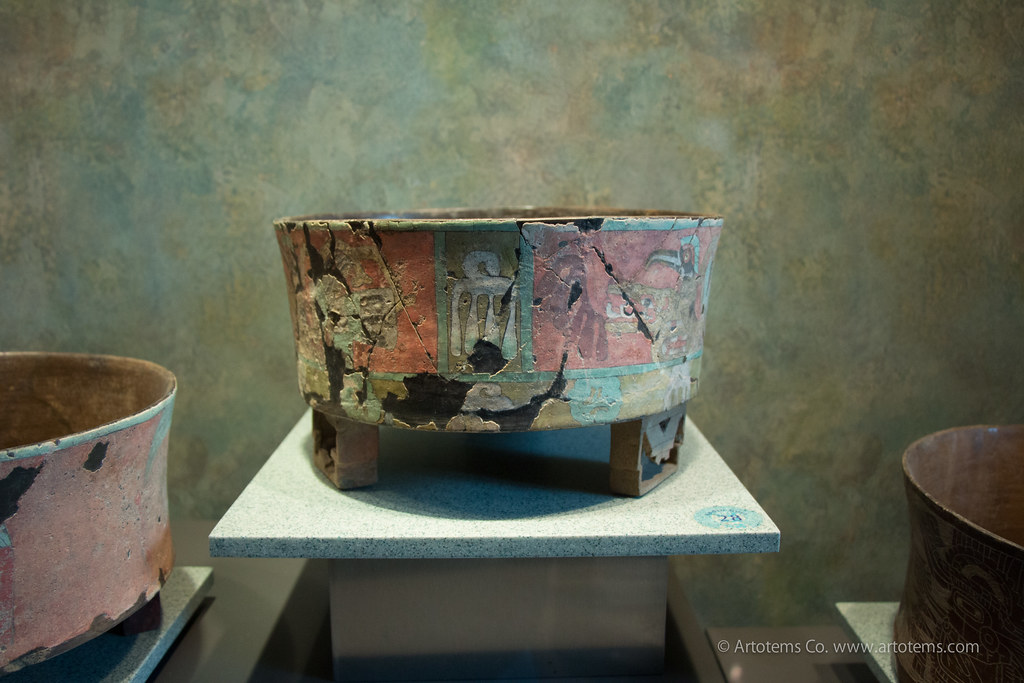
Preservation Efforts
Preserving these cultural treasures is of utmost importance. Many initiatives focus on the conservation and restoration of Mesoamerican sites and artifacts, ensuring that future generations can appreciate their historical significance. Events and educational programs, such as those offered by institutions like the Getty Museum, play a vital role in these efforts. You can view one such event organized by the Getty here.
The Cultural Legacy
The legacy of Mesoamerican art continues to influence contemporary culture and art. Its intricate designs and symbolic significance are often incorporated into modern artworks, textiles, and jewelry, highlighting a continued appreciation and reverence for these ancient cultures. With ongoing research and exhibitions, the fascination with Mesoamerican art remains as strong as ever. For those interested in exploring more about the latest articles and updates on Mesoamerican art, check out our recent content.
Colombia Reader History Culture Politics ebook
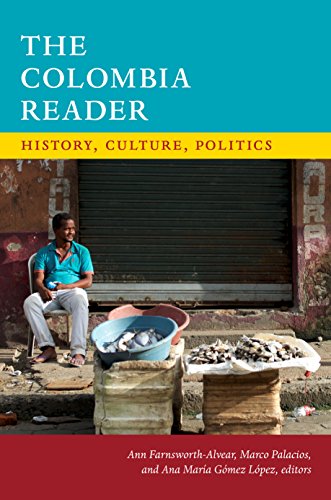
Explore the rich tapestry of Colombia’s history, culture, and politics with “The Colombia Reader.” This comprehensive collection delves into the diverse narratives that have shaped the nation, from pre-Columbian times to contemporary society. Ideal for history enthusiasts and cultural scholars, this book offers a captivating journey through Colombia’s multifaceted legacy. Discover the debates and insights of generations of anthropologists and immerse yourself in the stories that define Colombia’s vibrant identity.
Discover Mesoamerican Pottery through Josh Hogge Arts
To further explore the intricate artistry of Mesoamerican pottery, check out this video by Josh Hogge Arts, which showcases an urn inspired by Mayan and Aztec cultures, highlighting the timeless craftsmanship and cultural significance embedded in these ceramic works.
What kind of pottery did the Mayans make?
The ancient Maya, a cornerstone of Mesoamerican culture, crafted a remarkable variety of ceramics that reflected both spiritual beliefs and social hierarchy. During the Early Classic Period, many pieces were monochrome, while elaborately painted figural polychromes were reserved for the nobility. Over time, Maya artisans honed their techniques to produce increasingly ornate forms, including the distinctive lidded basal flange bowl, broadening the already impressive repertoire of Maya pottery.
Why is Talavera pottery so expensive?
Talavera pottery is renowned for its intricate, time-consuming production process—every step, from shaping the clay to firing and glazing, carries the risk of breaking. This danger contributes to its higher cost compared to other types of ceramics. Furthermore, authentic Talavera has to compete with lower-priced imitations, often from China or from other Mexican regions like Guanajuato. Yet, genuine Talavera remains a treasured symbol of Mexico’s artistic heritage, celebrated for its exquisite craftsmanship and cultural significance.
What is special about Jomon pottery?
Created in ancient Japan, Jomon pottery is widely regarded as some of the oldest ceramic work in history. These vessels, dating back thousands of years, showcase innovative coil-building techniques and bold decorative designs that reveal the artistic ingenuity of early societies. In addition to its status as a milestone in ceramic evolution, Jomon pottery provides valuable insights into the cultural practices and daily life of one of the world’s earliest settled communities.
As we conclude our exploration of Mesoamerican pottery, it’s truly inspiring to see how these exquisite pieces embody the rich cultural heritage and artistic brilliance of ancient civilizations. From intricate patterns to functional designs, each vessel offers a unique glimpse into the daily lives and spiritual practices of the people who crafted them.
Stay Connected for More Insights
I'd love to keep sharing more fascinating stories and stunning images of Mesoamerican pottery with you! Make sure to follow me on Instagram to stay updated and explore the incredible world of ancient art together.
Leave a Reply
Venture into a world where clay and creativity converge at JJClayStudio.com – where every piece tells a story. Unearth your next treasure and become part of the narrative that turns everyday moments into artful experiences.
